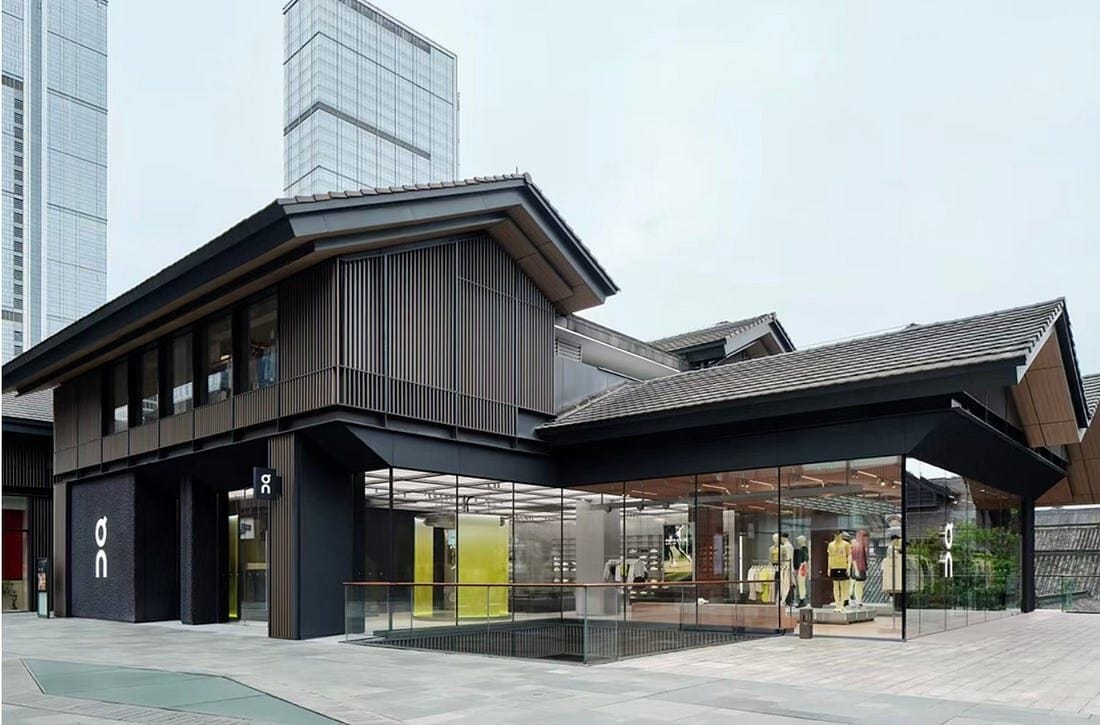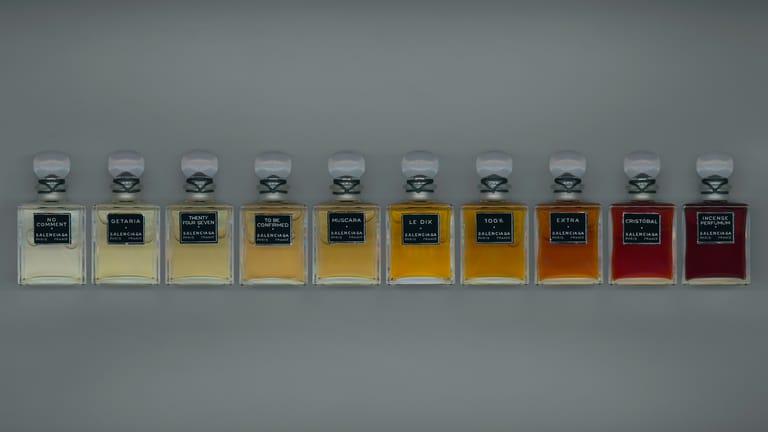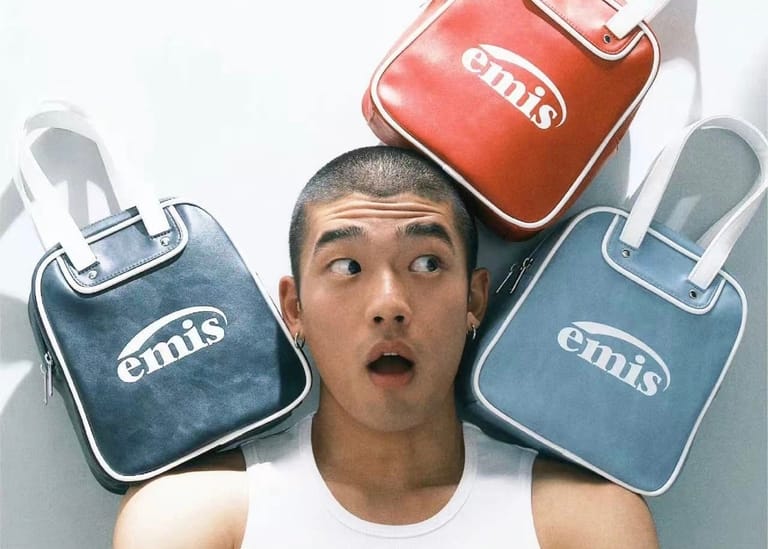Sportswear Brands Tap China’s Emerging Markets for Growth
By
Yaling Jiang

Published on
May 9, 2025

Jingzhi Voice brings thought leaders, industry pioneers, and cultural influencers together to decode key trends, challenge conventions in China, and offer forward-thinking ideas that shape the future of jingzhi (精致) and beyond.
Some peers (including Baiguan, Olivia Plotnick, etc.) and I have been talking for years about sports as the growth point post-COVID. On RedNote, “sports and outdoors” are now the third largest category in terms of exposure, after “food and beverage” and “beauty and cosmetics”, with 83 billion views in the last 90 days, according to intelligence platform New Rank. That said, it may be hard to connect the notion with applications and case studies—therefore, I would like to share some recent samples that could help point you in the right direction. I hope you find them useful.
The celebrated Swiss running footwear brand ON recently opened its first China store in Chengdu. After working with distributors for five years—during which it mapped out its e-commerce and digital presence, experimented with a pop-up in Beijing’s SKP-S and a runners’ space in Shanghai—it finally decided that it’s ready for offline retail.
The store launch was activated by a community run led by ON’s sponsored athlete Ah-Ti (阿提) with local run club Digin Community. Along the way, they visited several youth culture destinations in Chengdu’s city center, including Medisn (a taproom, bar and cultural space), Mondoli (a cafe and cocktail bar), Standard Nerds Club (a pingpong culture brand), and the vinyl shop Mintone, according to the brand’s official WeChat post.

Cai Yijia, General Manager of ON Running Asia-Pacific, told domestic media that “by 2026, the number of On Running stores in the Chinese market is expected to exceed 100.” In FY2024, ON Running’s net sales landed at CHF 2,318.3 million (US$2806 million), representing a full year growth rate of 29.4 percent, as its net income increased by 204.5 percent to CHF 242.3 million from CHF 79.6 million in FY2023.
While many premium brands are rethinking their offline strategy in China—scaling back in traditional first-tier cities, for example—foreign consumer brands are increasingly opting to launch in China’s new first-tier and emerging markets. Chengdu is one of China’s 15 new first-tier cities in 2024.
Shanghai, once the default launchpad, is now seen as an expensive option with diminishing ROI. In late March, Decathlon’s cycling brand Van Rysel opened its first Asia store in Hangzhou (a new first-tier), and Shenzhen, a first-tier and the tech capital with less luxury and fashion cachet, recently welcomed first stores from LVMH’s Fenty Beauty and Spanish footwear brand Camper.
There can be many factors behind these location decisions, from government subsidies and realtor intelligence to proprietary consumer data. But the overall trend is clear: If the emerging markets were a new notion before, now it’s going mainstream.
…Read the full story by subscribing to the Chinese consumer newsletter Following the Yuan.
This is an opinion piece by Yaling Jiang, the founder of research and strategy consultancy ApertureChina and Chinese consumer newsletter Following the Yuan. The views expressed do not reflect the official stance of Jingzhi Chronicle.
Starting out her career as a lifestyle columnist and business journalist in 2014, Jiang has closely observed Chinese consumers throughout this defining decade. She now specializes in providing insights and strategies on the Chinese consumer market for brands and financial institutions. Her expertise has been featured in international outlets such as the Financial Times, Reuters, Le Monde, Les Echos, South China Morning Post, and Jing Daily. She is a graduate of Columbia Journalism School in the U.S., and of the University of Bath and Brunel University in the U.K.












